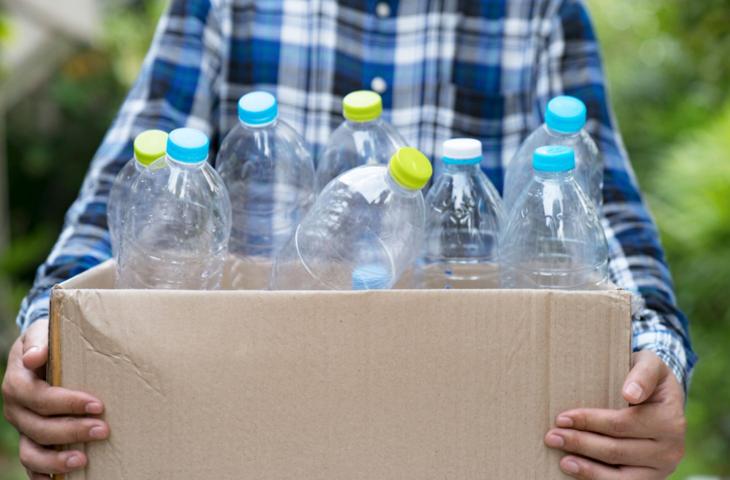What types of plastic are used to make bottles? What is the difference between recyclable, recycling and recycled? How are used PET bottles disposed of? These are some of the most frequently asked questions that we constantly ask ourselves about such a delicate and complex issue as plastic recycling. "Everything you want to know about plastic bottles", the booklet of the Sanpellegrino Group, answers questions and curiosities related to the theme of recycling PET bottles.
PET and its life cycle
Plastics are not all the same: there are over 200 types and each has its own characteristics, properties and fields of application. Among these, PET (polyethylene terephthalate): a light, resistant, safe resin, suitable for contact with food and, above all, is 100% recyclable and is among the best materials to ensure the quality of beverages. This material, in addition to having different origins - fossil or organic - if collected and sorted can be recycled and, in turn, can give life to other bottles in R-PET (Recycled PET). In fact, the PET bottles, once placed in the appropriate containers, are collected, sorted and separated from other materials. The pre-sorted bottles are then pressed into bales - large compact cubes containing between 5,000 and 10,000 bottles - which in turn are opened by special machines, thus starting the recycling process. Subsequently, they are reprocessed by companies specializing in the creation of new products with recycled PET thus allowing the creation of new bottles, toys or clothing.
The commitment of the Sanpellegrino Group
But what is the Sanpellegrino Group's commitment to this issue? As highlighted in the booklet "Everything you would like to know about plastic bottles", the Sanpellegrino Group, over the years, has committed to a strategy aimed at reducing the environmental footprint in order to implement specific projects that work not only on the packaging front but also on the impact of production and transport. With regard to packaging, the company has set itself the target of achieving 35% recycled PET in its entire product range by 2025. Levissima and Acqua Panna, on the other hand, have set themselves an even more challenging goal: to produce, within the same time frame, all their bottles with a percentage of R-PET equal to 50%, or the maximum content of recycled PET allowed by Italian regulations.
by Prisca Peroni
Source: Adobe Stock











